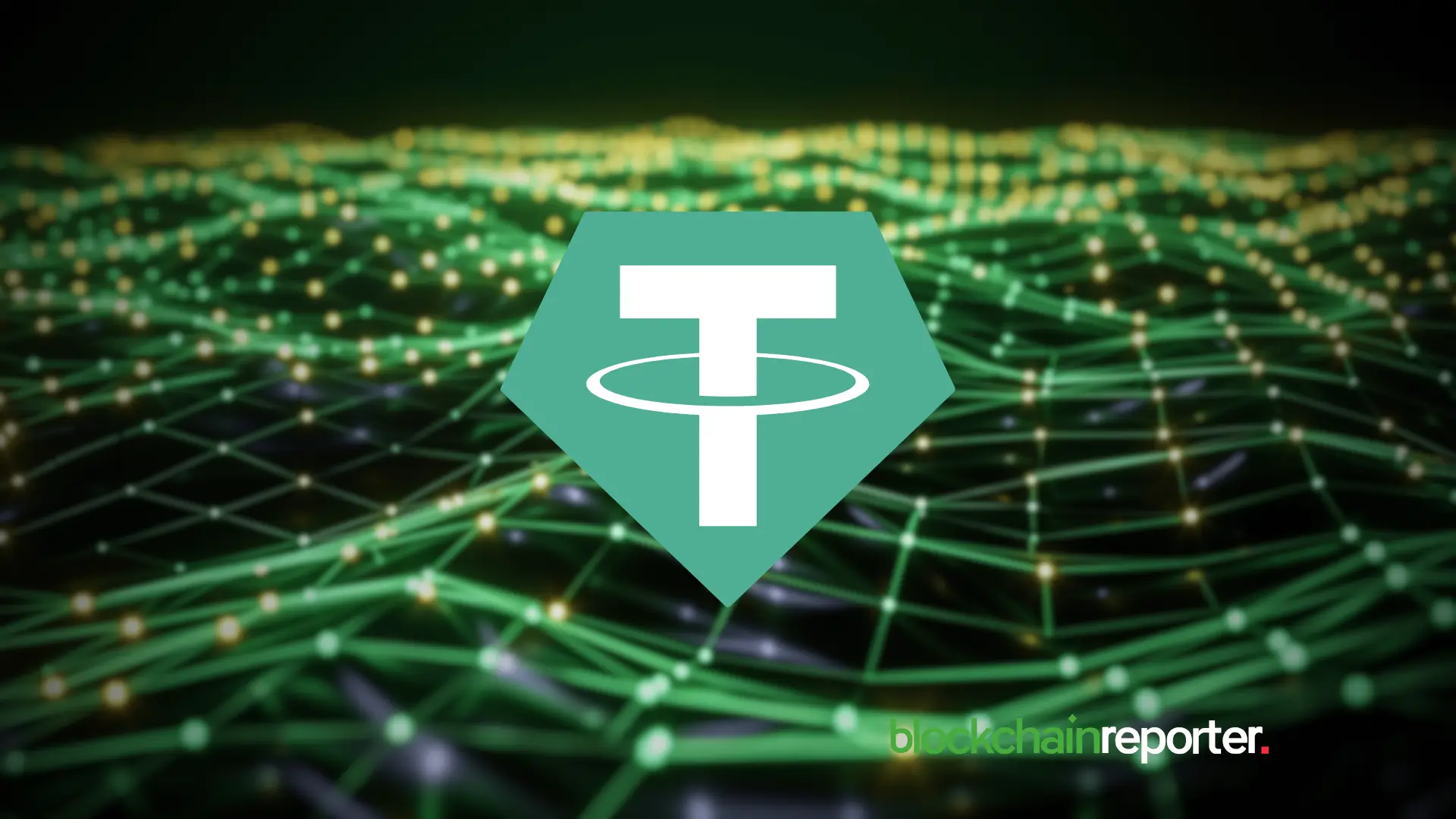Tether Dominates the Market – CEO Reveals the Secret Metric That Crushes Rival Stablecoins
Tether isn't just leading the stablecoin race—it's rewriting the rules. CEO Paolo Ardoino just dropped the bombshell metric that keeps USDT on top while competitors scramble to catch up.
Here's why traders aren't switching:
Liquidity that puts banks to shame. While other stablecoins play musical chairs with reserves, Tether's daily trading volume dwarfs the GDP of small nations. The result? Instant settlements when markets go haywire—something algo-stablecoins still can't guarantee.
Adoption that speaks louder than audits. Forget promises of 'transparency theater.' USDT's embedded across every major exchange and DeFi protocol, creating a network effect that makes switching costs brutal for institutions. (But sure, keep arguing about reserve percentages.)
The kicker? Tether's playing chess while others play checkers. While regulators hyper-focus on stablecoin issuers, USDT's quietly becoming the dollar replacement for emerging markets—no permission needed.
One cynical truth: In crypto, liquidity trumps ideology every time. And right now, Tether's holding all the chips.

Tether’s co-founder and CEO, Paolo Ardoino, started a hot and fresh discussion on the fundamental applications of stablecoins. He drew the audience’s attention towards a sharp contrast between Tether (USDT) and its competitors.
On his official X (formerly Twitter) account, Ardoino shared an interesting statistic that 63% of all the transactions involving USDT are only traded in USDT. On the other hand, 78% of stablecoin trades that do not involve USDT also involve multiple crypto assets.
This statistic seems like a simple data point, but for Tether, it’s a point of strength to leverage its narrative as the primary digital currency for crypto transactions. Unlike any other stablecoin that WOULD find itself safe to be considered as a trading commodity, Tether is looking to become the digital dollar.
Tether’s Utility-Focused Vision
Tether’s CEO sharing this statistic highlights an understood reality about the stablecoin market, where there are multi-asset, complex transactions involving many different crypto assets. This is what Decentralized Finance is all about.
But Ardoino’s message provides inside information on how the majority of USDT transactions defy the De-Fi convention, aligning more towards a singular coin. This suggests a high trust and high utility of USDT as a direct payment method. Moreover, this means that when traders do transactions un USDT, their goal is to transfer USDT and achieve a complete transaction; not looking at Tether as just another asset but the primary asset that fulfills their daily digital trade requirements.
Also, the major end users are traders, businesses, and individuals who see USDT as a convenient medium to complete their daily operations. The frequency of the trade, as well as the simplicity with which it is done, underscores USDT’s role as a building block of the wider crypto economy.
USDT’s Market Dominance and Implications
Like every other stablecoin, USDT has faced its share of scrutiny, doubt, and competition. But unlike most of them, it has endured all of the pressure and risen to dominate the market for many years. With a market capitalization that dwarfs most of its rivals, USDT has been integrated in thousands of exchanges and crypto wallets, making it a go-to choice for national as well as cross-border transactions.
Amid all this utility and market dominance, Ardoino’s post not only presents an interesting statistic, but the market observers see it as a strategic MOVE to present their dominance and what it means to be top stablecoin in the market. This shifts all the discussions from transparency and decentralization to real-world adoption of the coin as a tangible (yet digital) currency.
Conclusion:
Paolo Ardoino’s statistic on the dominance of USDT in digital transactions is not only a powerful marketing ploy but also an effort to assert its dominant position in the market. While most of the stablecoins serve as De-Fi components at best, Ardoino’s is trying to draw a distinct line between a primary payment method and just another exchangeable digital asset. The stablecoin rivalry will stay forever, but as Tether continues to rise, it is becoming clearer for businesses and individuals to determine which stablecoin will be the leader in the coming days.

